The Science Behind the Skin: Rooted in Skin Logic

At SKINGOODIES, we believe the skin is smart—and our formulas should be, too. Every ingredient we use is selected for its ability to align with the skin's natural structure, rhythm, and response. This is skincare grounded in biology, backed by research, and delivered with intention.

Why Botanical Formulation Makes Biological Sense
Plant-derived lipids and bioactive compounds mimic the skin's own structure, enhancing absorption and compatibility without disruption.
- Studies show that botanical oils containing linoleic acid, phytosterols, and triterpenes improve skin barrier function and reduce trans-epidermal water loss (TEWL). [1]
— Journal of Clinical and Aesthetic Dermatology, 2018
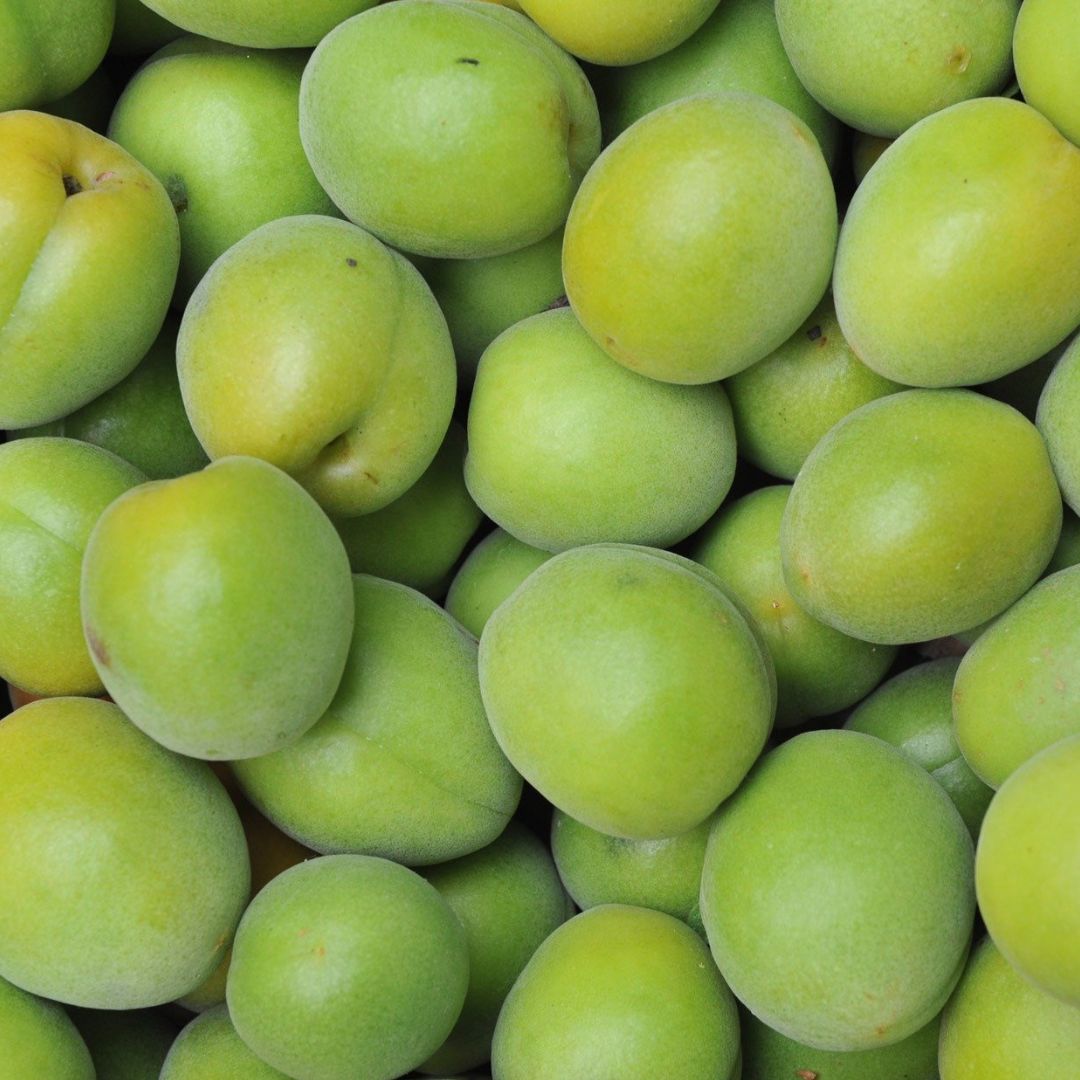
Insights from the Lab to the Skin
Each Ingredient is chosen based on measurable outcomes—from anti-inflammatory markers to collagen stimulation and oxidative stress protection.
- Kakadu Plum demonstrated superior antioxidant activity compared to synthetic ascorbic acid and green tea extract, supporting its role in dermal health. [2]
— International Journal of Cosmetic Science, 2015
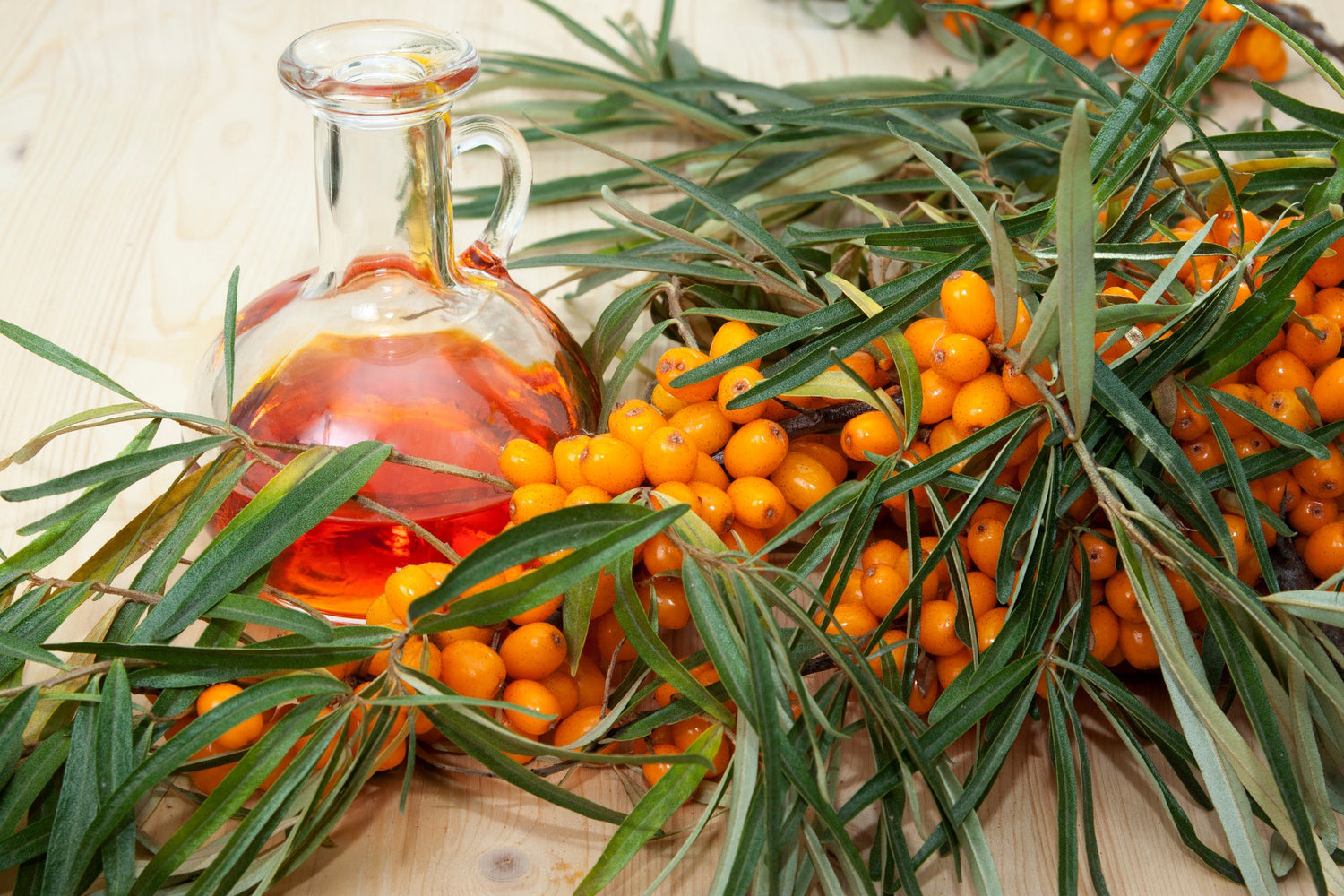
Plant Oils That Rebuild from Within
Botanical oils restore lipid matrix, support barrier repair, and modulate inflammation— key for skin recovery and resilience.
- Oils like sea buckthorn and rosehip are rich in omega-3 and omega-7, which helps restore barrier lipids and reduce inflammatory cytokines. [3]
— Dermatologic Therapy, 2007
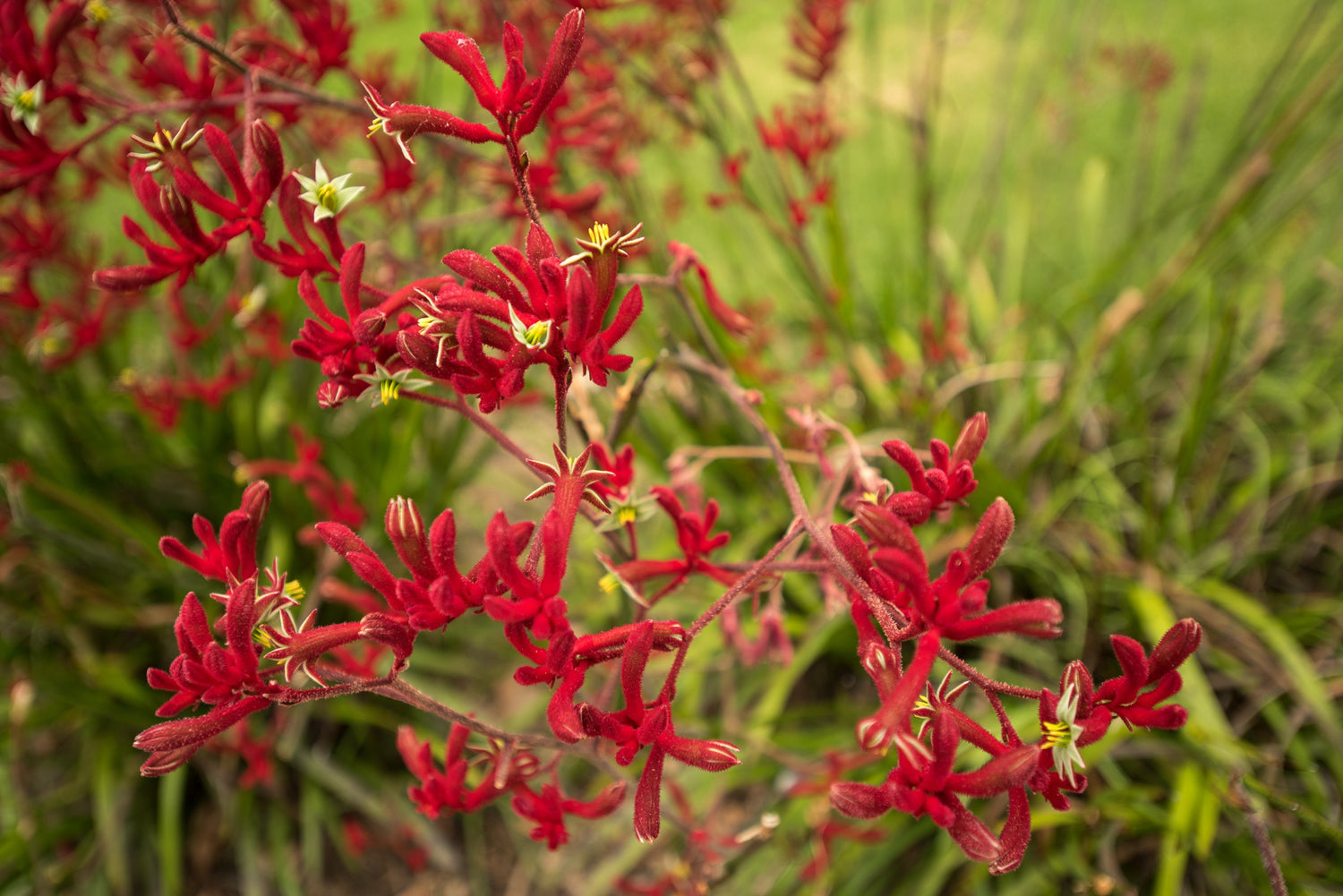
Nature's Answer to Tone + Elasticity
Bioactive extracts like Kangaroo Paw Flower support fibroblast activity, improve skin texture, and visibly firm— all while respecting the skin's natural structure.
Native to Australia, Kangaroo Paw Flower is rich in ferulic acid, gallic acid, and natural peptides known to simulate fibroblast regeneration — the cells responsible for collagen and elastin production.
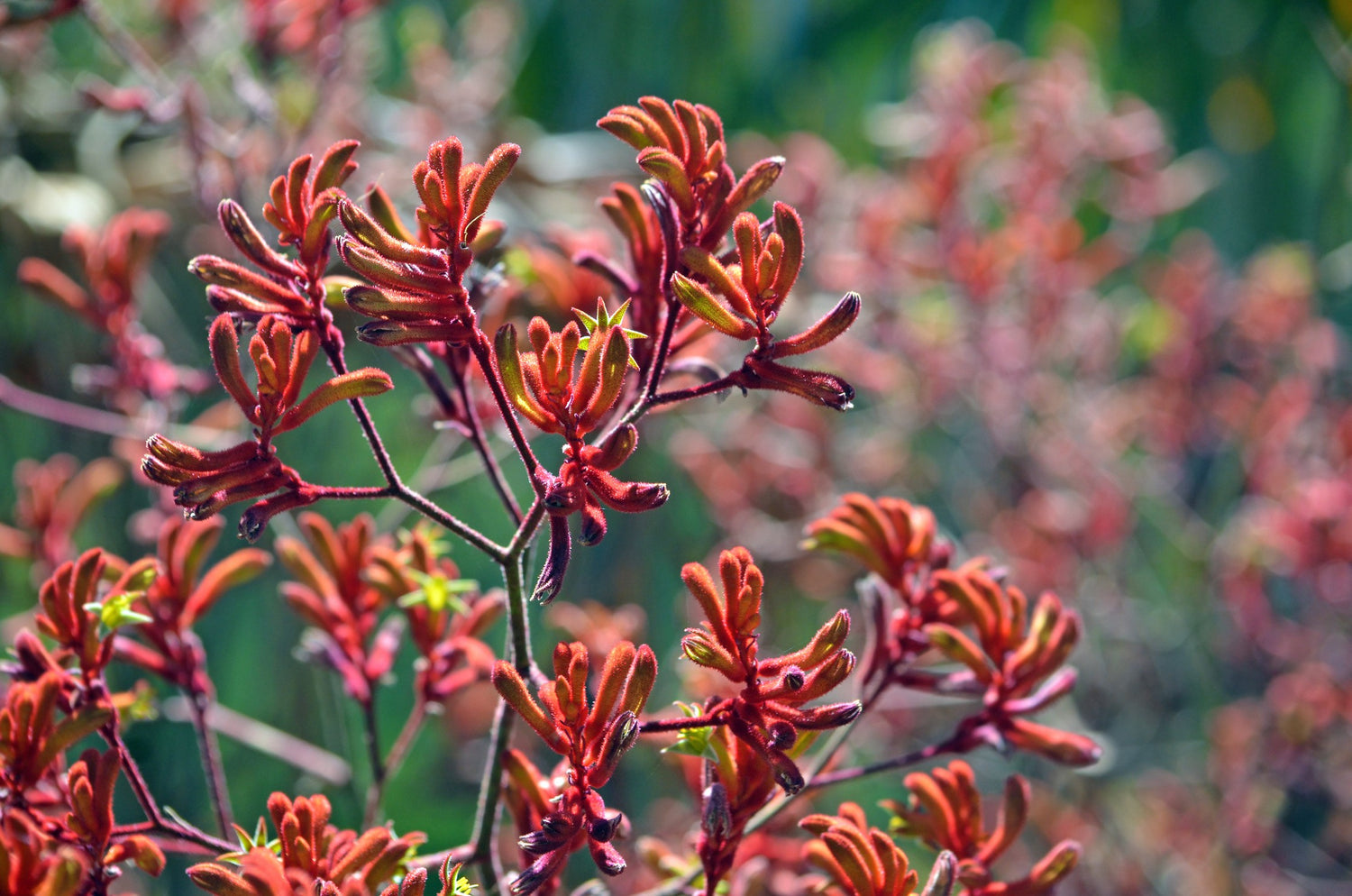
Its unique composition helps reduce visible lines, refine skin texture, and improve overall firmness. Unlike harsh synthetics, it delivers results with balance — supporting skin tone and elasticity without disrupting the barrier.
A new standard in plant-powered performance — firming, restoring, and redefining skin resilience.
- In in vitro and ex vivo studies, it enhanced dermal density and visibly reduced the depth of wrinkles — making it a clinically relevant botanical for structural skin support. [4]
— Journal of Cosmetic Dermatology, 2017
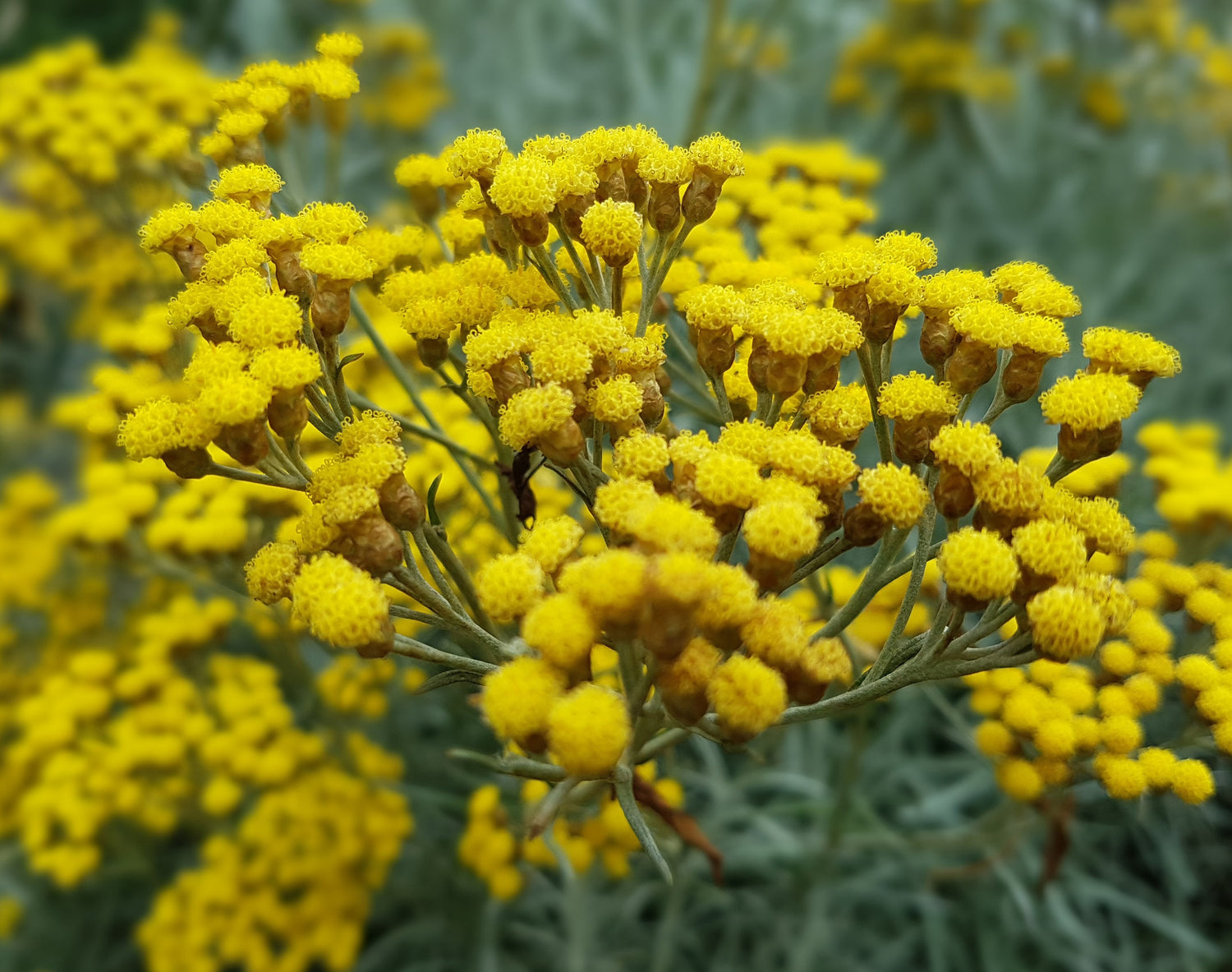
The Calming Chemistry of Anti-Inflammatory Plants
Plants like helichrysum and calendula reduce NF-κB activity and prostaglandin production, key mediators of inflammatory skin conditions.
- Helichrysum italicum extract shows potent inhibition of inflammatory enzymes such as COX-2 and 5- LOX. [5]
— Planta Medica, 2002
- Calendula has been shown to accelerate healing and reduce inflammation in patients with dermatitis. [6]
— Indian Journal of Experimental Biology, 2004

Antioxidant Architecture for Resilient Skin
Coenzyme Q10, also known as Ubiquinone, is a naturally occurring antioxidant that supports the skin's cellular energy production and helps neutralize oxidative stress —both of which are critical to preserving collagen, elasticity, and overall skin vitality as we age.
- Topical CoQ10 has been shown to reduce wrinkle depth and improve skin smoothness. [7]
— BioFactors, 2008
- Ubiquinone protects lipids in the skin from peroxidation, especially following UV exposure. [8]
— Journal of Investigative Dermatology, 1994
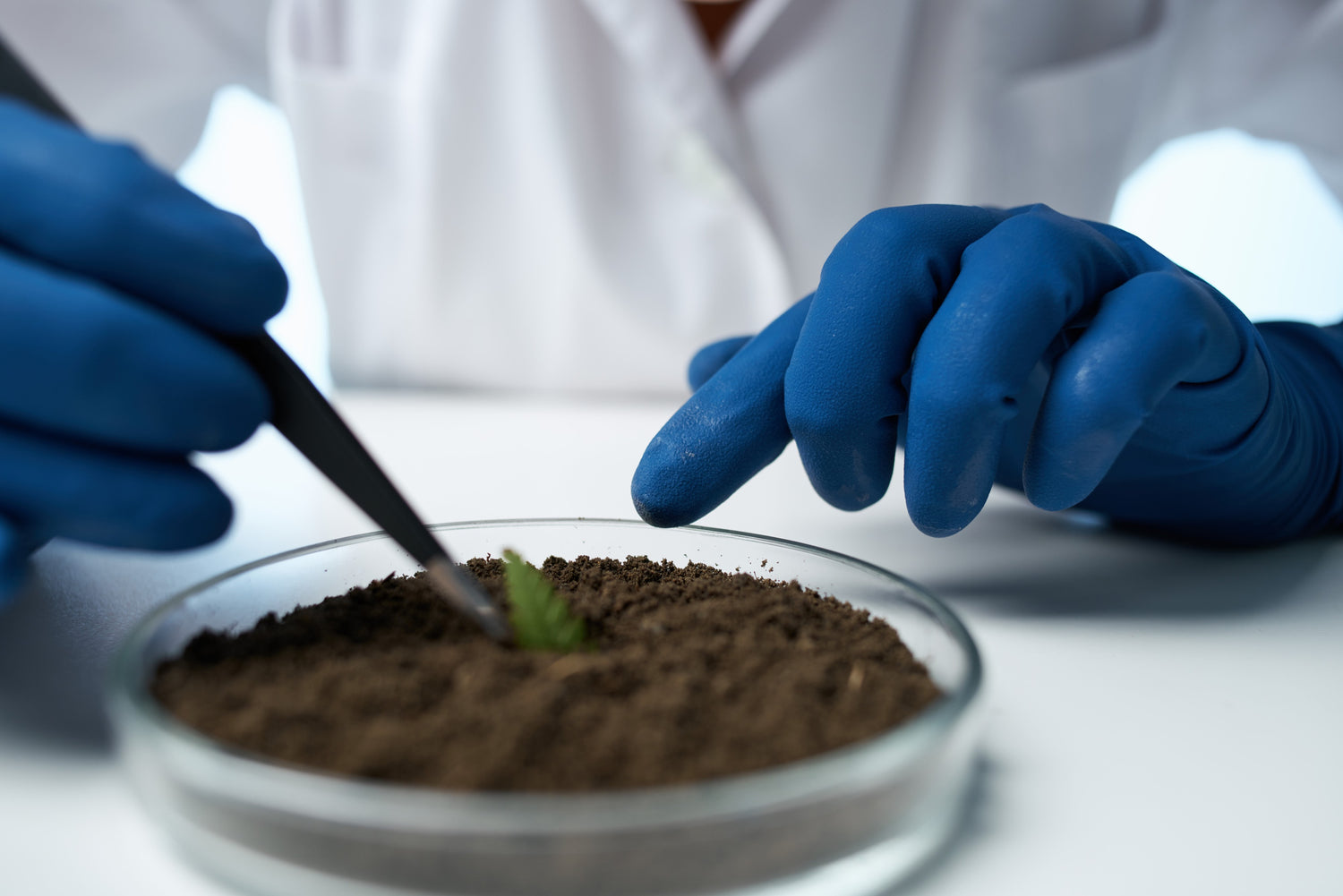
Real Results, Rooted in Plants
"Each ingredient is chosen for its proven efficacy, supported by clinical research and relevance to skin health."
SKINGOODIES
Clinical References
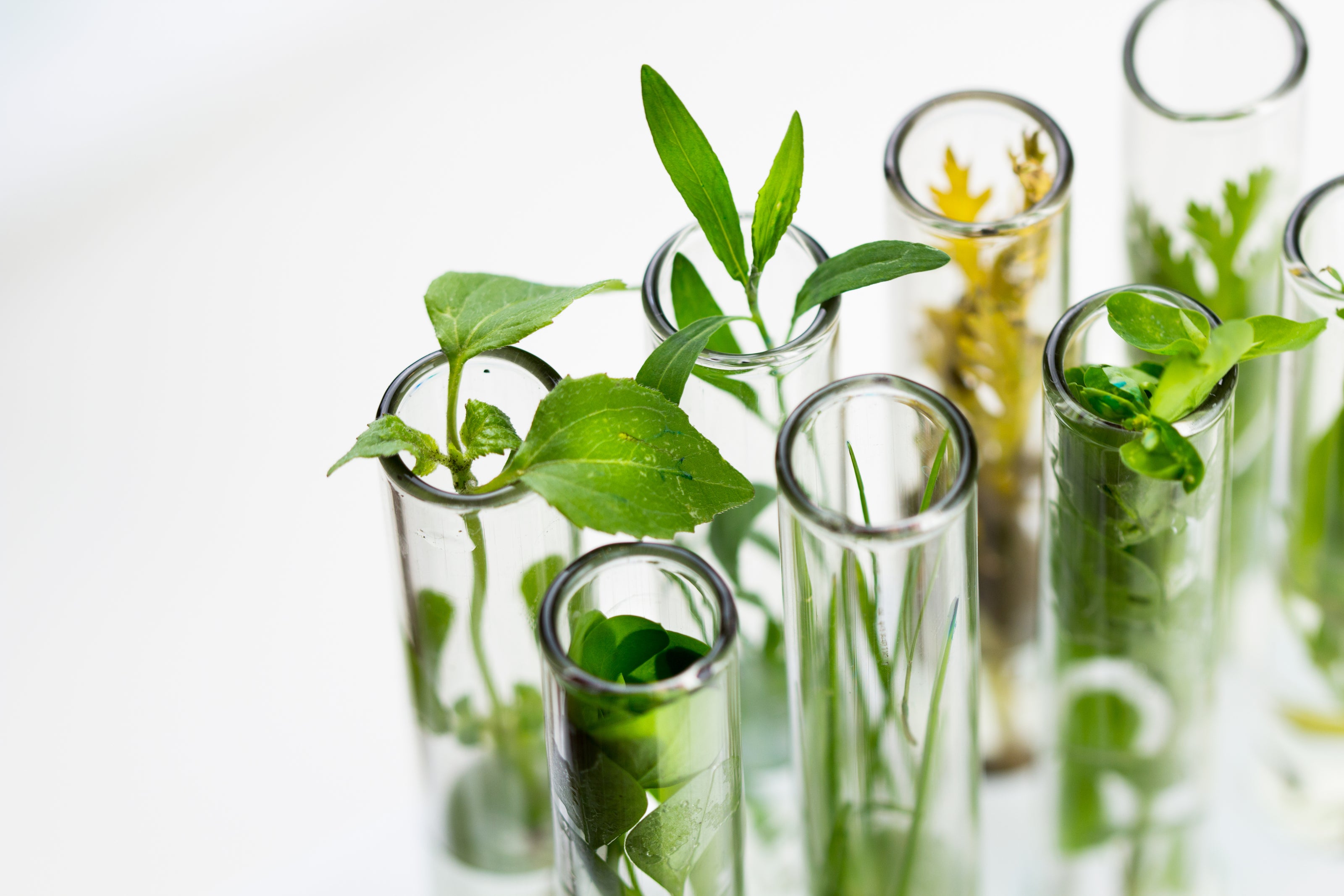
1. Botanical Science
Clinical Reference For: Botanical Oils and Barrier Function
Lodén, M. (2003). Role of Topical Emollients and Moisturizers in the Treatment of Dry Skin Barrier Disorders. American Journal of Clinical Dermatology.
2. Antioxidant Powerhouses
Clinical Reference For: Kakadu Plum and Vitamin C Bioactivity
Konczak, I. et al. (2015). Antioxidant Capacity and Phenolic Content of Kakadu Plum. International Journal of Cosmetic Science.
3. Barrier Support
Clinical Reference For: Botanical Lipids in Skin Barrier Repair
Zhao, J., et al. (2007). Botanical lipids in skin barrier repair: Essential fatty acids and anti-inflammatory actions. Dermatologic Therapy, 20(5), 295–301.
https://onlinelibrary.wiley.com/doi/full/10.1111/j.1529-8019.2007.00159.x
4. Botanicals For Elasticity + Tone
Clinical Reference For: Kangaroo Paw & Skin Elasticity
Boisnic, S. et al. (2017). A new botanical extract increases skin firmness and reduces wrinkle depth: in vitro and ex vivo study. Journal of Cosmetic Dermatology.
5. Anti-Inflammatory Mechanisms
Clinical Reference For: Helichrysum Extract in Inflammation Pathway Modulation
Sala, A. et al. (2002). Inhibition of Inflammatory Enzymes by Helichrysum italicum Extracts. Planta Medica.
https://www.thieme-connect.com/products/ejournals/abstract/10.1055/s-2002-23102
6. Calendula in Wound Healing
Clinical Reference For: Calendula in Skin Healing Pathways + Anti-Inflammatory Balance
Parente, L. et al. (2004). Wound Healing and Anti-inflammatory Properties of Calendula Extracts. Indian Journal of Experimental Biology.
7. Cellular Energy & Skin Vitality
Clinical Reference For: Coenzyme Q10 & Skin Renewal
Hoppe, U., et al. (2008). Coenzyme Q10, a cutaneous antioxidant and energizer. BioFactors, 32(1–4), 231–237.
https://doi.org/10.1002/biof.5520320130
8. Lipid Protection & Barrier Defense
Clinical Reference For: Ubiquinone & Lipid Protection from UV Exposure
Shindo, Y., et al. (1994). Enzymic and non-enzymic antioxidants in epidermis and dermis of human skin. Journal of Investigative Dermatology, 102(1), 122–124.
https://doi.org/10.1111/1523-1747.ep12371719